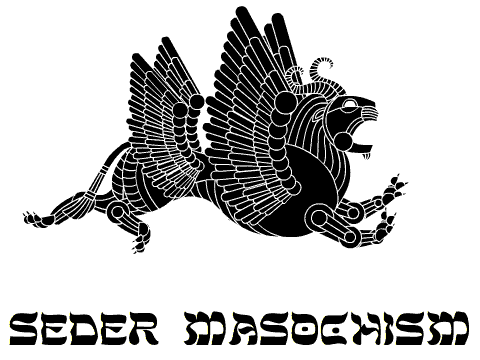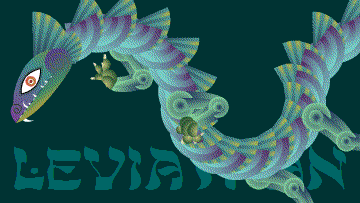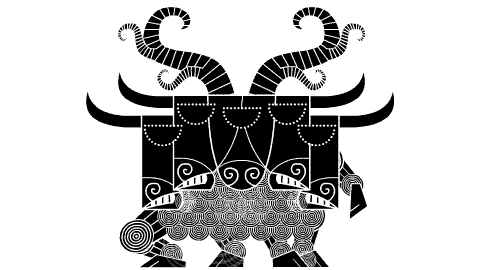 This Ziz is in progress, people, as in not finished, so go easy on me.
This Ziz is in progress, people, as in not finished, so go easy on me.
Category: Animation
Now Even More Infinite
 Some infinities are bigger than others. This Leviathan has a few extra receding loops, making it more infinite than the version I posted earlier.
Some infinities are bigger than others. This Leviathan has a few extra receding loops, making it more infinite than the version I posted earlier.
Leviathinfinity
The Stomping Behemoth
Leviathan
I designed this Leviathan for my upcoming Seder-Masochism project (new website coming soon). Jewish mythology doesn’t have a lot of visual representations of monsters. Lions, grapes, and decalogues, sure, but not monsters. The Big Three are Leviathan (the sea monster), Behemoth (the land monster), and Ziz (the air monster), all of which are KOSHER!
Copying Is Still Not Theft
Over at Techdirt.com, pro-SOPA/PIPA commenters continue to call copying “theft.” Since their main argument for breaking the Internet is fundamentally erroneous, now seems like a good time to re-post this riposte:
Please share.


